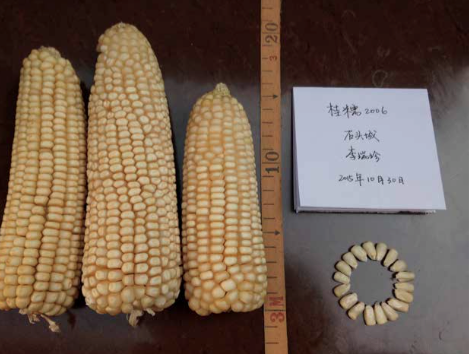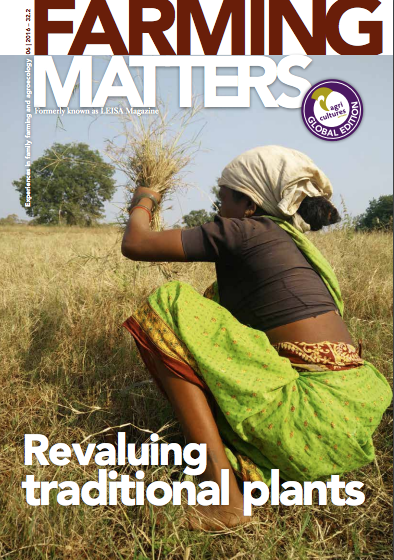Bread, wine, chocolate: The slow loss of foods we love
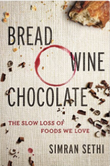
“The following is about food, but it’s really about love.” Over the past few decades, our diets have changed drastically. 95 % of the world’s calories now come from only thirty species of crops. Naturally, this has vast implications for biodiversity worldwide. In her book, award-winning author Simran Sethi draws on interviews with multiple food experts and practitioners to explain how we got to this point in our food system and, equally important, how we can take action. The author challenges the reader to learn more about what kinds of different foods are available. That is why this book is also about love; it is a journey into the extraordinary flavours and aromas of rich biodiversity. It helps us re-appreciate what is on our plates, what it is made of and where it comes from. Through awareness raising, Sethi aims to start a revolution and to increase biodiversity of the world’s agricultural system.
Where our food comes from – Retracing Nikolay Vavilov’s quest to end famine
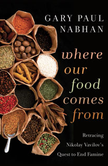
Gary Paul Nabhan takes us on a journey to recognise the work of Nikolay Vavilov’s quest to solve the Russian famines in the 1940s amidst a Communist state. He travels to five continents, where Vavilov collected thousands of seeds and documented more than just the plants that our domesticated foods of today originated from. Nabhan retraces Vavilov’s footsteps, documenting the irreversible genetic erosion in these agrobiodiversity hotspots. He also speaks with the local farmers and scientists working to prevent the loss of our remaining plant genetic resources. Comparing the notes made by Vavilov over half a century ago, reveals how much diversity has already been lost. Shifts in agricultural practices and traditions are explored by Nabhan from an international political ecology context; these findings are valuable for the health and survival of humanity.
Restoring heritage grains: The culture, biodiversity, resilience, and cuisine of ancient wheats
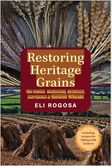
Author Eli Rogosa found her passion in the Middle East, working with farmers in the Fertile Crescent to preserve the treasure of ancient landrace wheat. Newly introduced with this forgotten source of biodiversity in grains, she began dedicating her work towards valorising these ancient grains such as Indian wheat, or shot, a drought-tolerant and high-protein grain. Backed with years of knowledge and experience working with these grains from her biodiverse farm to her artisan bakery, Eli’s story inspires one to explore our co-evolution with ancient grains and how these ancient grains offer a solution to enjoying high quality breads once again. Her compelling story will inspire the readers to reconnect the importance of these endangered species from the fields to our diets and provide the tools to help us participate in finding our connection with the first crop humans domesticated.
Pulse of life, the rich biodiversity of edible legumes
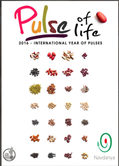
This book is an offering to the International Year of the Pulses and to commemorate the 30th anniversary year of Navdanya. The book draws our attention to the negative effects of the industrial farming systems that have developed in the last few decades by referencing to the rise of monocultures and high external input farming. As a response to those negative effects, the authors celebrate pulses and the characteristics of pulses that contribute to a more sustainable, just and healthy food system. They aim to reconnect the reader not only to the diversity in pulses and legumes, but also to the rich diversity in processing, cooking methods and ecological uses of these crops.
West African women defending traditional palm oil
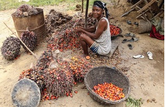
This video by GRAIN portrays artisanal palm oil production in West Africa, an agroecological practice threatened by industrial oil palm plantations. In recent times, industrial palm oil production has been moving rapidly into Africa. This has brought monocultures and disrupted the livelihoods of people who rely on healthy ecosystems. This video shows the fight for the traditions behind palm oil in West and Central Africa, where small peasants are resisting conformity thanks to the women-led traditional processing. From their community-based food system, the end product is a bright red oil; a cultural keystone opposed to what the world market has accustomed us to, a colourless, odourless oil from which the industry makes large profit.
More on traditional plants
In this box, we have included a few web resources and a publication offering simple actions to bring the conservation of agrobiodiversity into our own hands.
Ark of taste (Slow Food) The ark of taste is an online catalogue encompassing over 3200 foods and food processing techniques at risk of disappearing that are a part of the world’s cultural heritage. The catalogue includes suggestions to save these endangered foods.
http:// www.fondazioneslowfood.com/en/category/ark-of-taste/
Recipe catalogue (World Vegetable Center) The World Vegetable Center offers a collection of downloadable recipes to prepare and enjoy traditional recipes for East Asian and African vegetables.
http://avrdc.org/publications/ recipes/
Valuing crop diversity (LEISA Magazine 20.1, 2004). This past issue of Farming Matters discusses how the continuously narrowing base for global food security limits the options available to farmers, and threatens agrobiodiversity.
http://www.agriculturesnetwork. org/magazines/ global/valuing-crop-diversity

